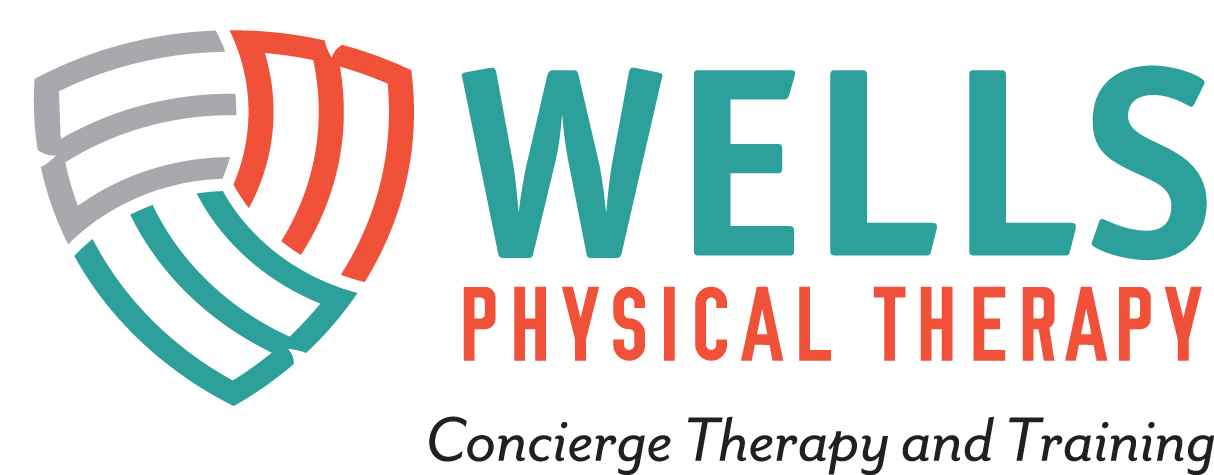From Slice to Relief: How Physical Therapy Can Help Your Golf and Tennis Game
For many, golf and tennis are more than just sports; they're a passion, a social outlet, and a way to stay active. But what happens when a swing gone wrong or a backhand that backfires leaves you sidelined with pain? Here's where physical therapy steps in to help you get back on the court or course, feeling stronger and more confident than ever.
The Common Culprits of Golf and Tennis Injuries
Both golf and tennis involve repetitive motions that can stress your body, leading to injuries. Here are some of the most common:
Rotator Cuff Issues: The repetitive swings in both sports can strain the rotator cuff muscles and tendons in your shoulder.
Tennis Elbow/Golfer's Elbow: These overuse injuries affect the tendons in your elbow, causing pain and inflammation.
Low Back Pain: The twisting and bending involved in these sports can put stress on your lower back, leading to pain and stiffness.
Knee Pain: Sudden stops and changes in direction can strain your knee ligaments and tendons.
Wrist Pain: Improper technique or overuse can cause pain in your wrist.
Physical Therapy: Your Rehabilitation Partner
Physical therapists are movement experts who understand the unique demands of golf and tennis. They can create a personalized rehabilitation program to address your specific injury and help you achieve a full recovery. Here's what you can expect:
Pain Management: Physical therapists use various techniques like manual therapy, therapeutic exercise, and modalities (ice, heat, ultrasound) to reduce pain and inflammation.
Improved Flexibility and Strength: Specific exercises will target the muscles and joints involved in your swing or serve, improving flexibility and strength to prevent future injuries.
Movement Analysis: Therapists will analyze your swing or serve mechanics to identify any imbalances or faulty technique that might be contributing to your injury. They will then work on correcting these issues to improve your overall form and prevent future problems.
Post-Surgical Rehabilitation: If you've had surgery for a sports injury, a physical therapist can help you regain strength, flexibility, and coordination to get back to your sport safely.
Beyond Rehabilitation: Enhancing Your Game
Physical therapy isn't just about recovering from injury. It can also help you improve your game in the long run. By addressing any underlying weaknesses or imbalances, physical therapy can lead to:
Increased Power and Accuracy: Improved strength and stability can lead to longer drives in golf and more powerful serves in tennis.
Enhanced Stamina and Endurance: A physical therapist can help you develop a conditioning program to improve your stamina and endurance, so you can play longer and stronger.
Reduced Risk of Future Injuries: By correcting any faulty mechanics and strengthening your body, you can significantly reduce your risk of future injuries.
Getting Started with Physical Therapy
If you're experiencing pain from golf or tennis, don't let it sideline you. Call us for a PT consult in Naples, Bonita Springs, Palm Coast, St Augustine, or Ponte Vedra — our team is ready to assess your injury, create a personalized treatment plan, and help you get back to enjoying your favorite sport pain-free. Remember, a proactive approach to injury prevention and rehabilitation can keep you swinging and serving for years to come. Call us today 904-568-1156















